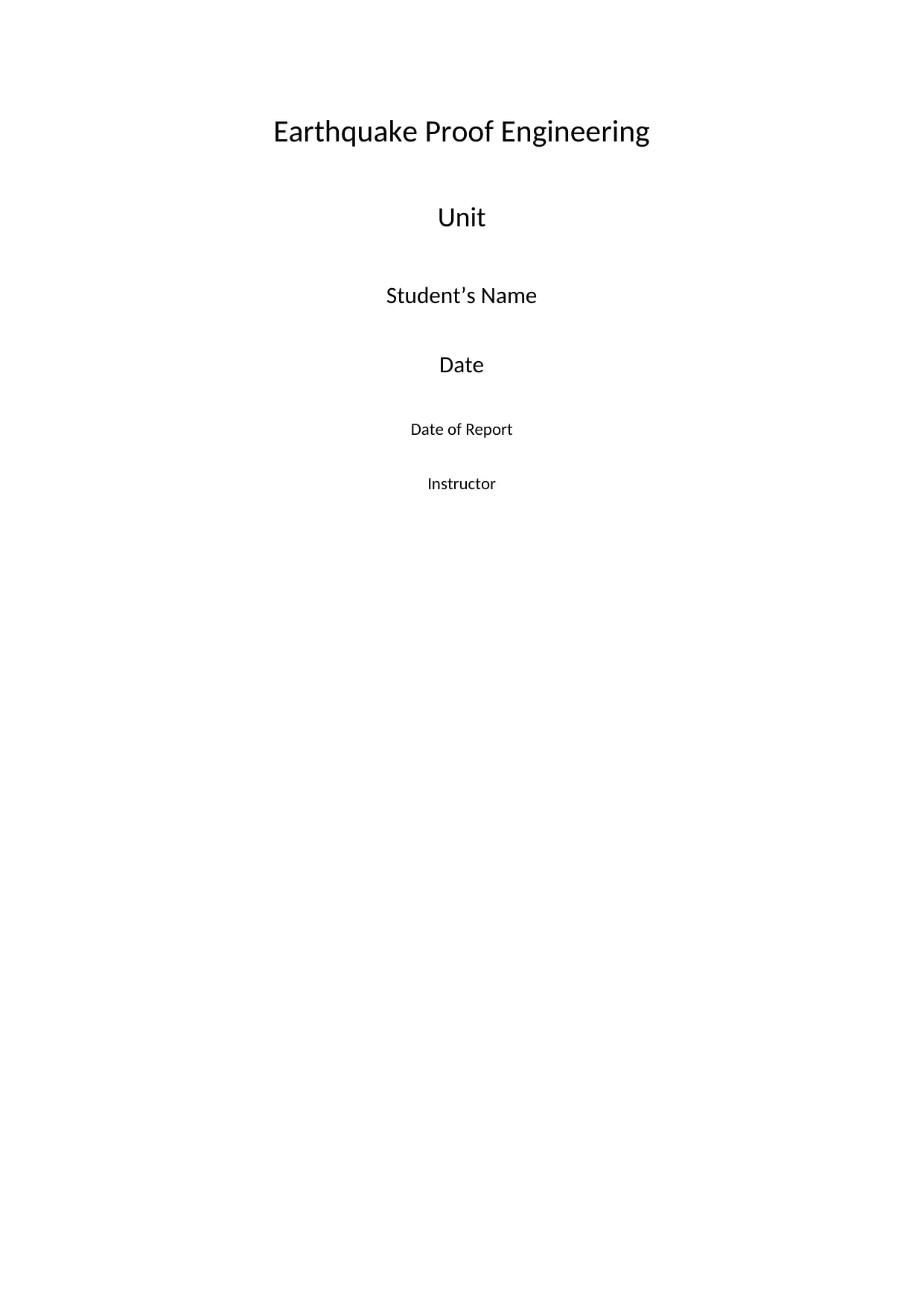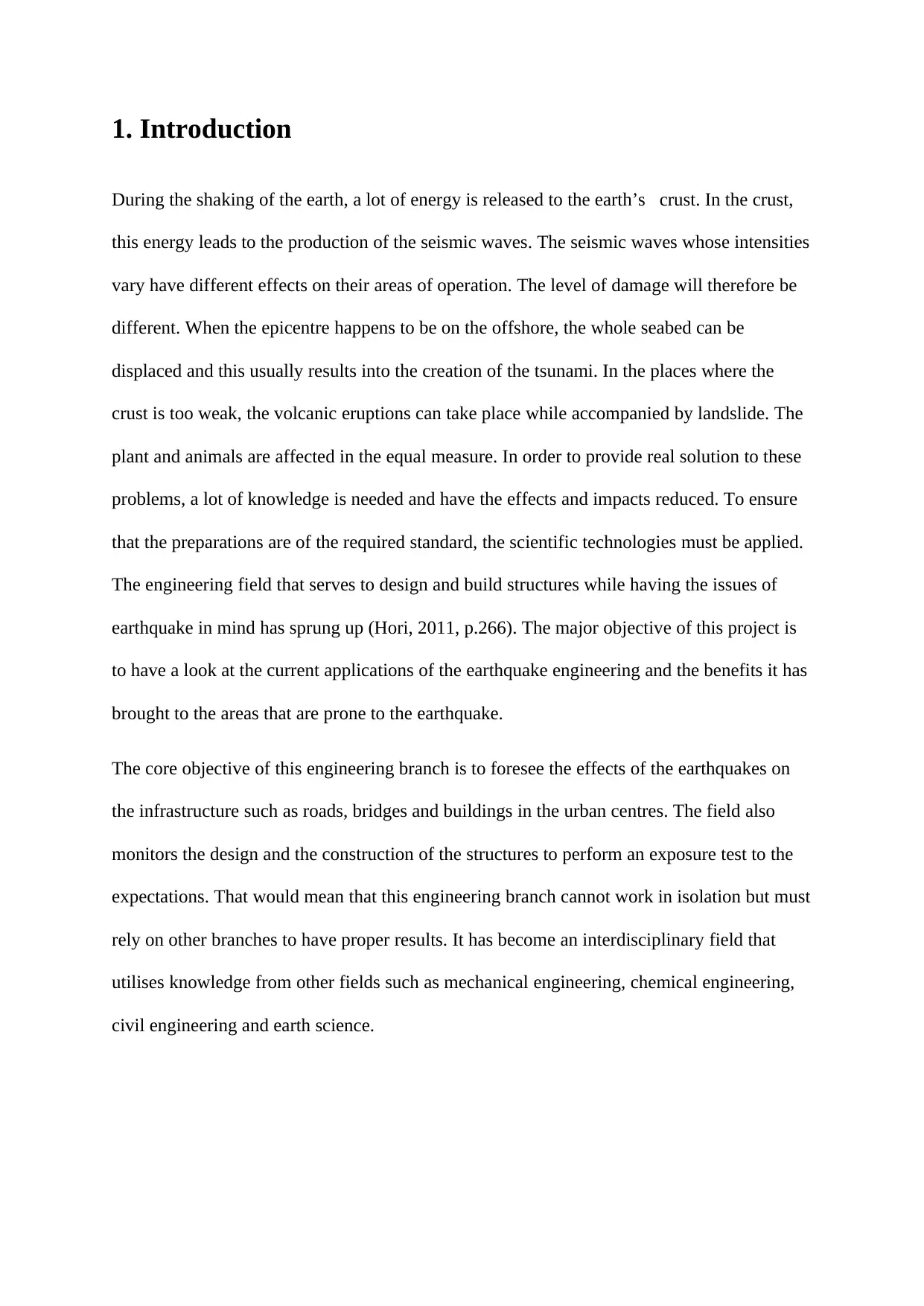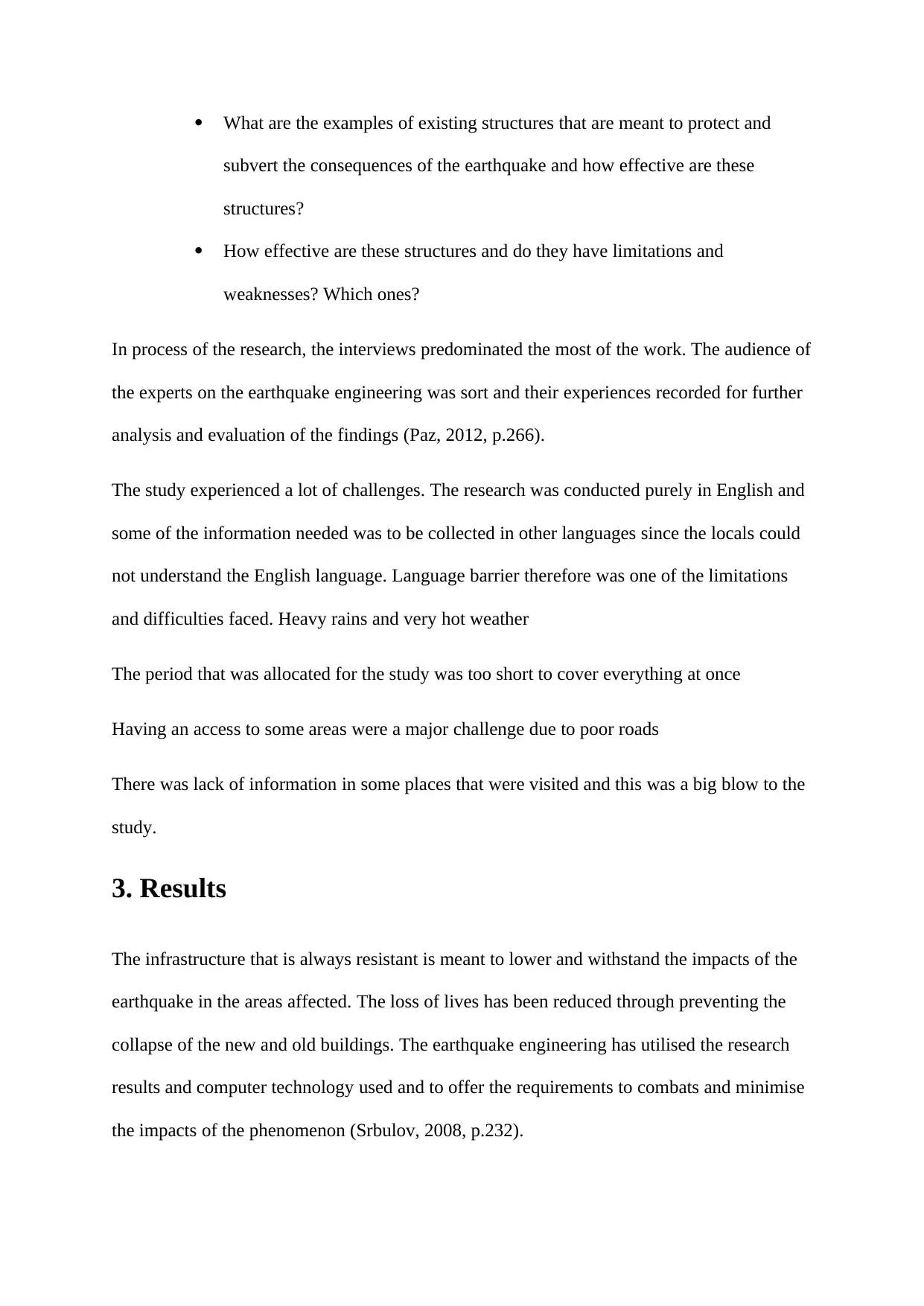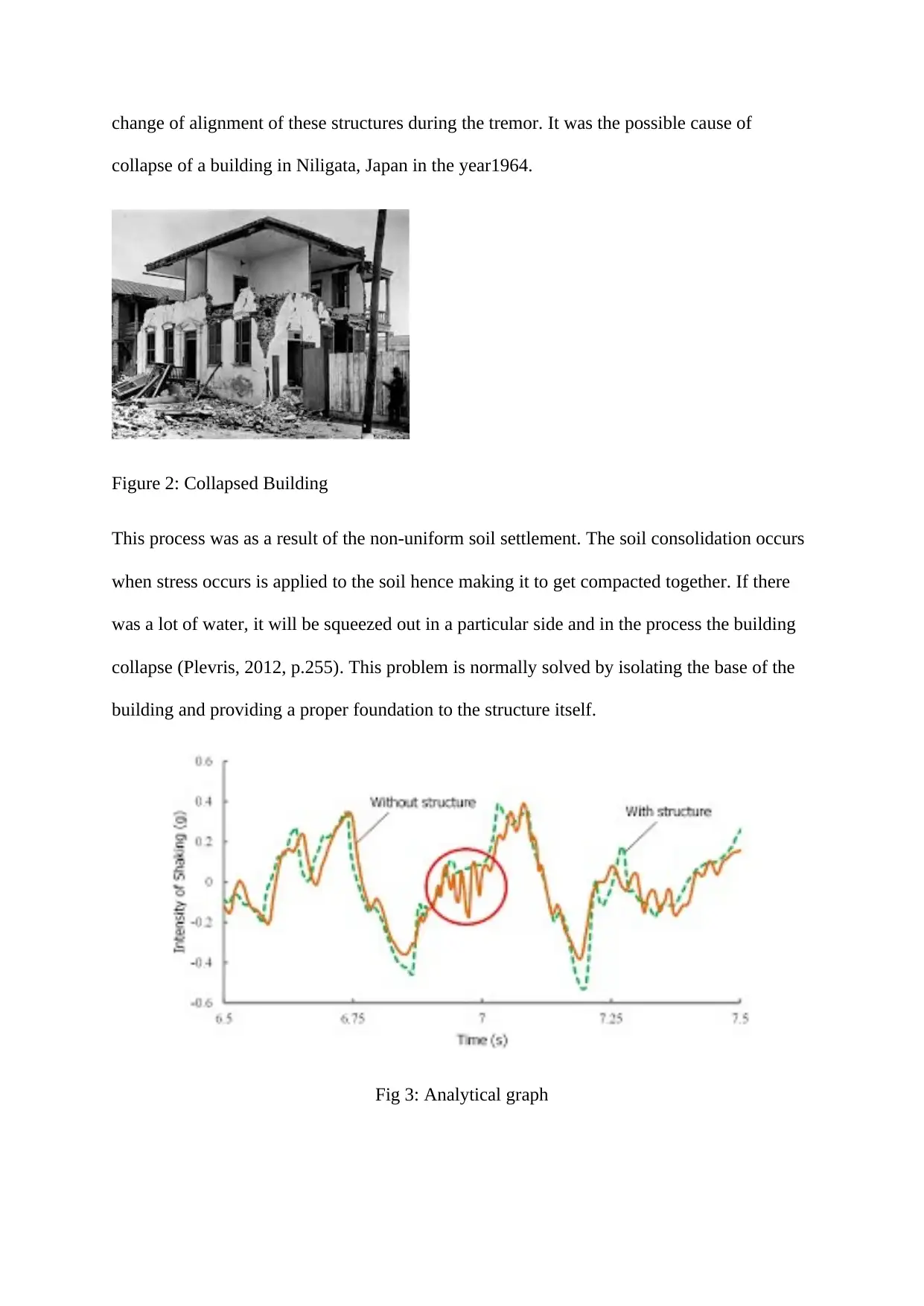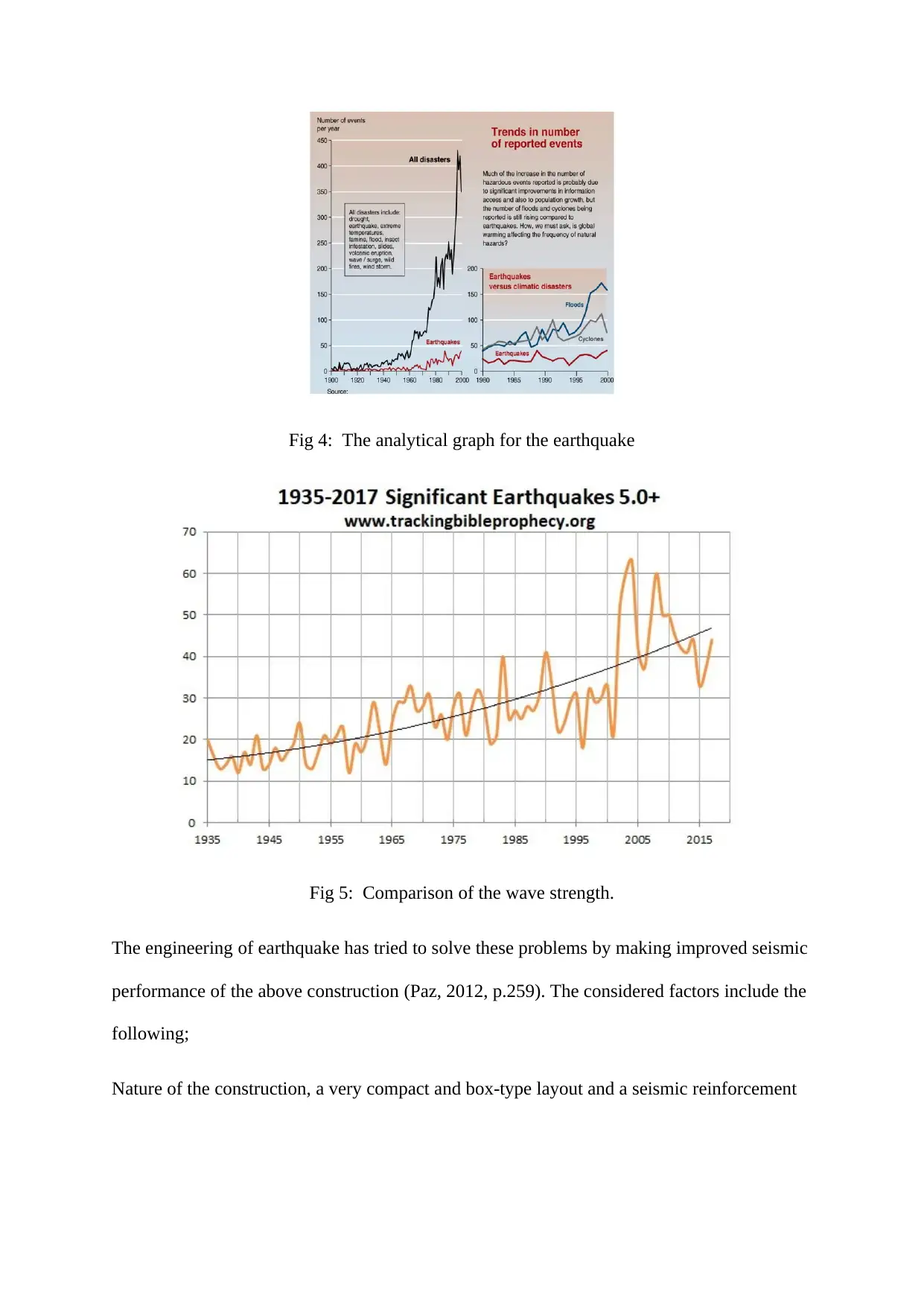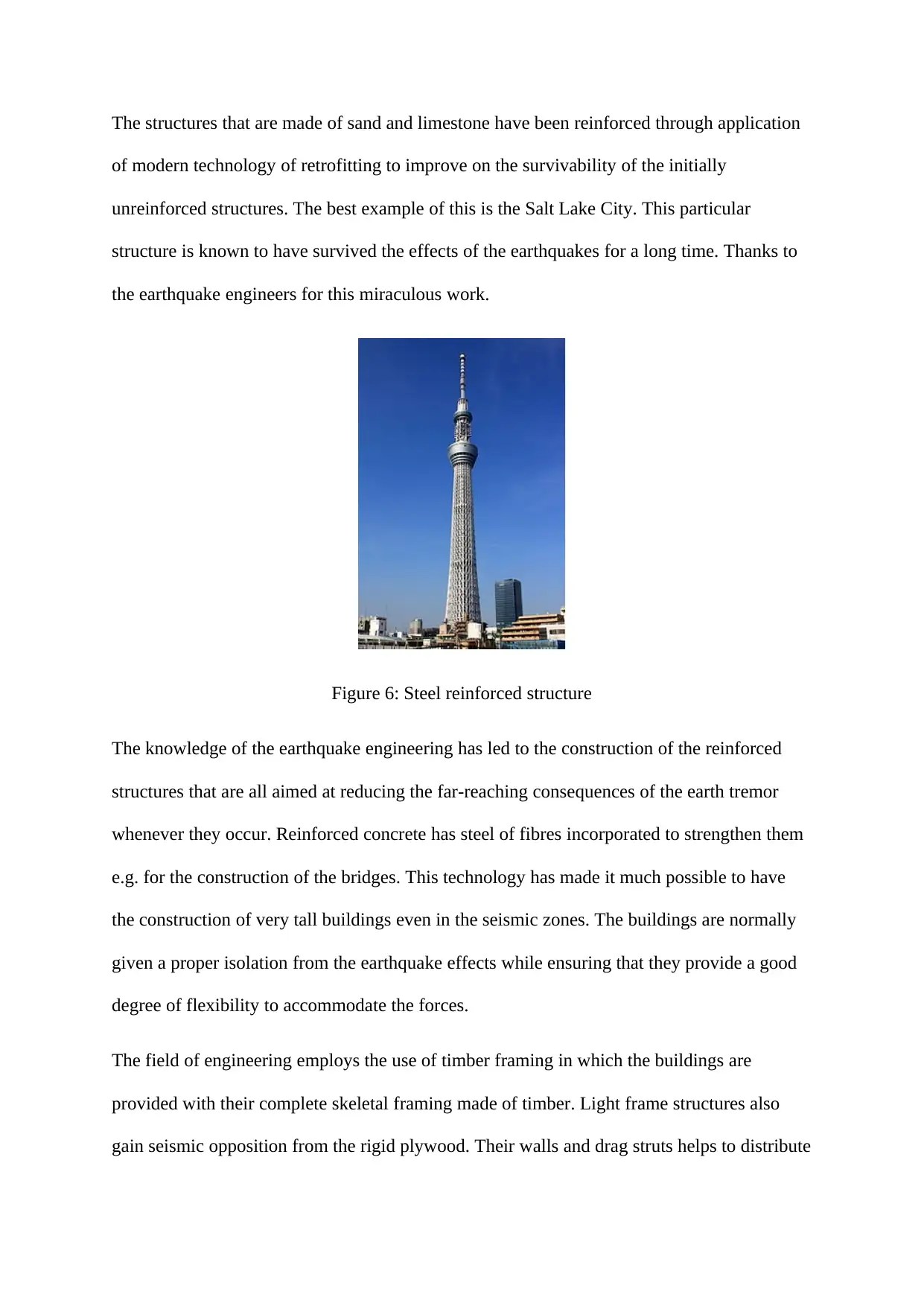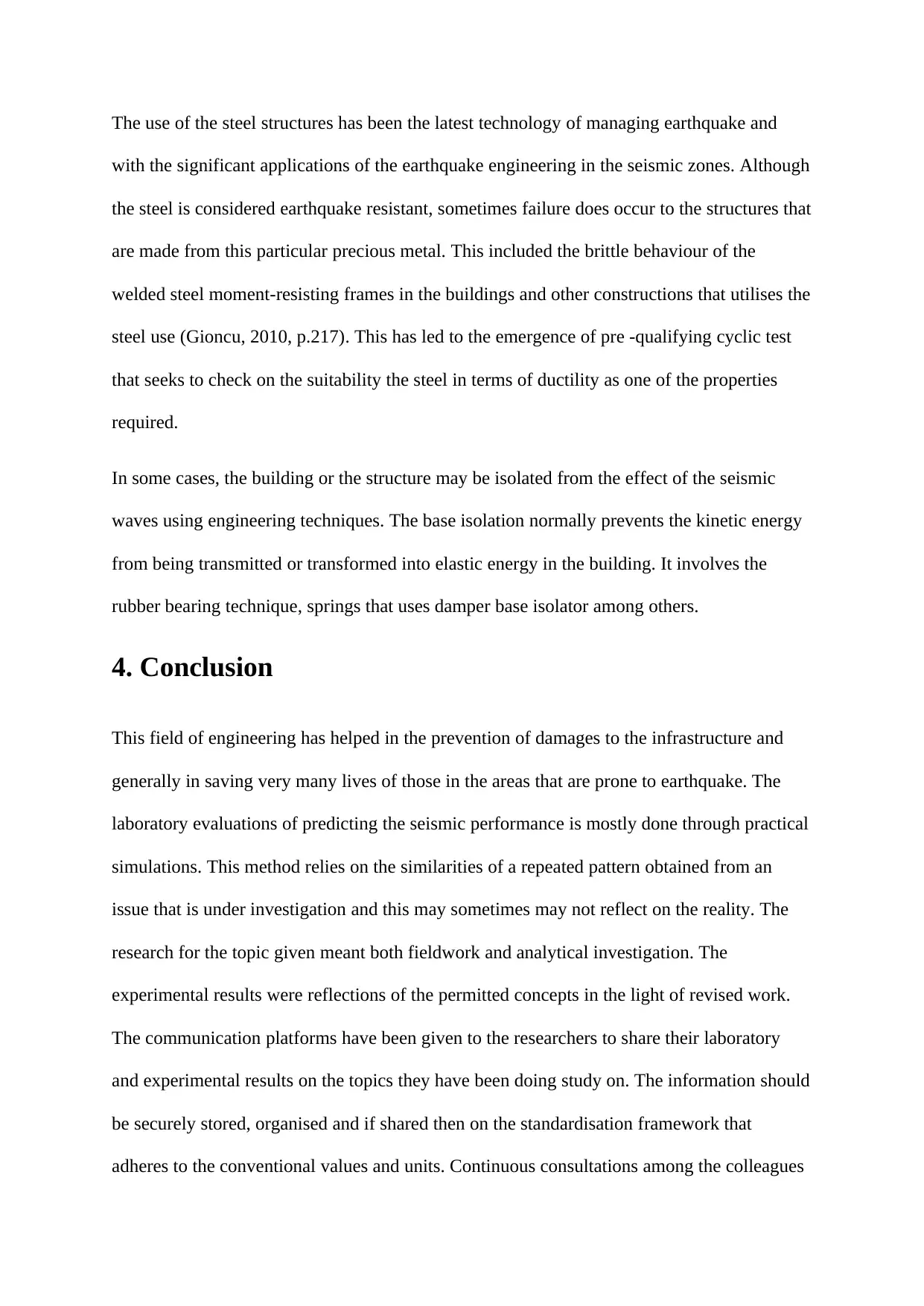This article discusses earthquake proof engineering, its methods, results, and conclusion. It covers the current applications of earthquake engineering and the benefits it has brought to the areas that are prone to earthquakes. The research was conducted using modern scientific methods, including direct observations, reading of existing books and journals, visiting laboratories, intensive interviews, and questionnaires. The study found that earthquake engineering has helped in the prevention of damages to infrastructure and saving lives. The article also discusses the different structures and technologies used in earthquake engineering, such as reinforced concrete, timber framing, and steel structures. The conclusion highlights the importance of continuous consultations among colleagues and the use of hybrid solutions for better results.
![[object Object]](/_next/static/media/star-bottom.7253800d.svg)
![[object Object]](/_next/static/media/star-bottom.7253800d.svg)
